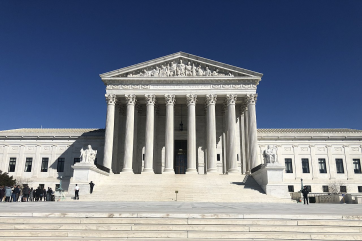Binge drinking slows healing in the cellular and molecular levels disrupting formation of new bones following a fracture, according to a new study conducted by Loyola University Medical Center researchers.
"Many bone fractures are alcohol-related, due to car accidents, falls, shootings, etc.," Roman Natoli, MD, PhD said in a press release. "In addition to contributing to bone fractures, alcohol also impairs the healing process. So add this to the list of reasons why you should not abuse alcohol."
Researchers arrived at the conclusion after studying the effects of alcohol consumption on bone healing in mice. One group of mice was given alcohol which was equal to thrice the legal limit set for driving. Another group was exposed to saline, in similar levels.
They found that in the alcohol-exposed group, the callus, the hard bony tissue that forms around the ends of fractured bones, was less mineralized or brittle.
The same group also displayed signs of oxidative stress which is responsible for damaging normal cellular functions. They showed significantly higher levels of malondialdehyde, a molecule that is known to act as an indicator for oxidative stress. Plus, the levels of an enzyme that helps reduce oxidative stress, super oxide dismutase, were higher in the alcohol-exposed mice but not high enough to be considered significant.
During the healing process, the body dispatches immature stem cells to a fracture site, where it matures into bone cells. Two proteins, known as SDF-1 and OPN, are responsible for sending stem cells to the site. In the alcohol-exposed group, OPN levels were significantly low.
The finding could help develop treatments to improve bone healing in alcohol abusers.
Natoli is a resident physician in the Department of Orthopaedic Surgery and Rehabilitation at Loyola University Chicago Stritch School of Medicine. Senior author, John Callaci, has done a PhD and is an assistant professor in the Department of Orthopaedic Surgery and Rehabilitation. The third author is Rachel Mauer, BS, a research technician.








